As the commercial real estate landscape evolves, several key trends are emerging that every investor should be aware of. Understanding these changes can help you make smarter, more strategic decisions and spot opportunities that others might miss. Here’s what you need to know:
- The Rise of E-Commerce and Industrial Space With e-commerce growing at an unprecedented rate, demand for industrial spaces—particularly warehouses and distribution centers—has skyrocketed. As online shopping continues to dominate, these properties have become essential to the supply chain. For passive investors, this shift presents a solid opportunity to invest in properties tied to long-term growth in logistics and fulfillment sectors.
- The Shift to Remote Work and Office Redesign The pandemic has dramatically reshaped the office sector. While some businesses are returning to physical offices, many are adopting hybrid or fully remote work models. This has led to a reevaluation of how office spaces are designed and utilized, with flexible, collaborative environments becoming more desirable. Investors should look for opportunities in office spaces that cater to this new, more adaptable way of working.
- Sustainability and Green Building Standards Sustainability is no longer optional. More tenants and investors are prioritizing buildings with energy-efficient designs, LEED certifications, and sustainable building materials. For passive investors, properties that meet green building standards not only align with growing environmental demands but may also offer better long-term returns through lower operating costs and higher tenant satisfaction.
- Technology-Driven Solutions in Real Estate Technology is changing everything—from how we invest to how properties are managed. Innovations like smart building systems, AI-driven property management, and data analytics are streamlining operations and reducing costs. Passive investors should look for deals where technology plays a role in enhancing property efficiency and value.
- Demand for Affordable Housing The demand for affordable and workforce housing is higher than ever, driven by population growth and urbanization. Multifamily developments in cities with strong job markets and rising housing costs offer a steady income stream and are relatively insulated from market volatility. For passive investors, investing in affordable housing properties can be a way to achieve stable, long-term returns while addressing a critical market need.
Bottom Line Understanding these trends is crucial for passive investors looking to make informed decisions. Focusing on deals that tap into these areas can provide both stability and growth. Whether it’s e-commerce, sustainable design, or the rise of technology, staying ahead of these shifts will help you navigate the changing landscape of commercial real estate and build long-term wealth.
